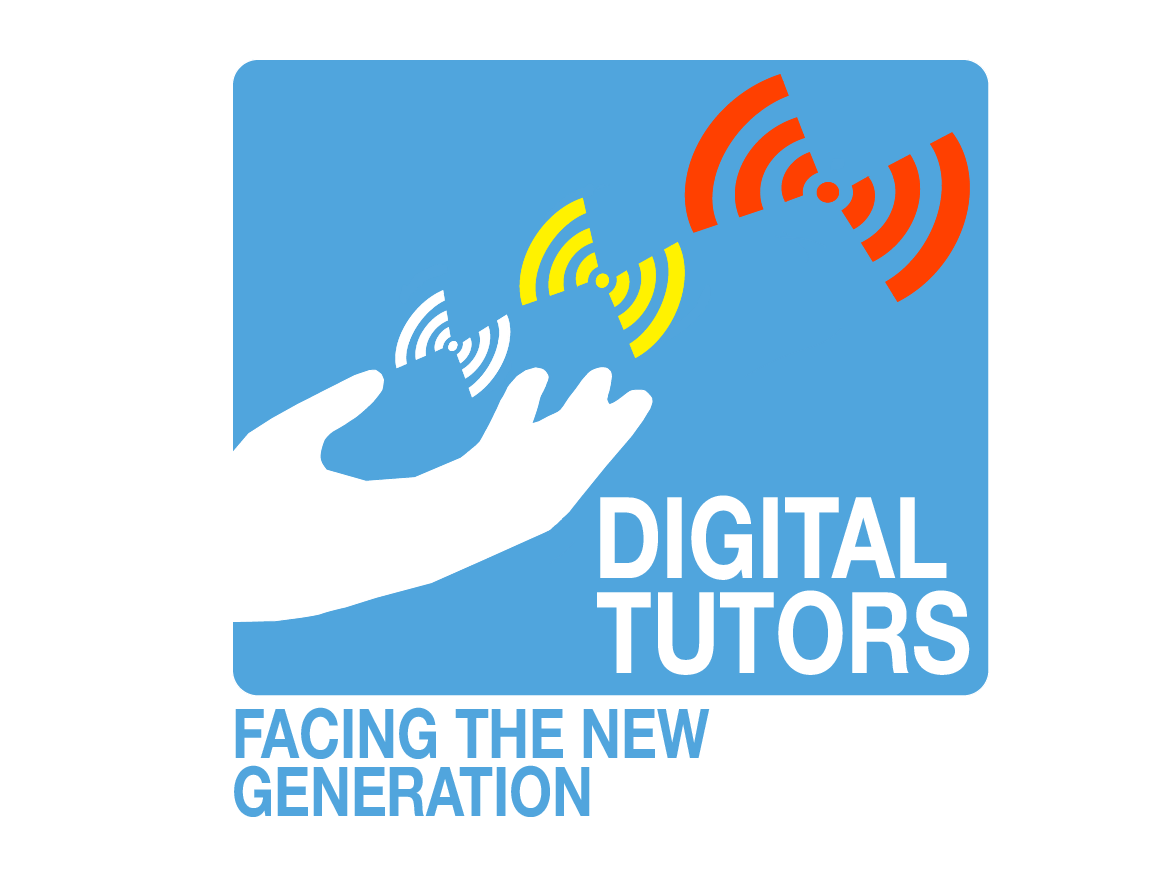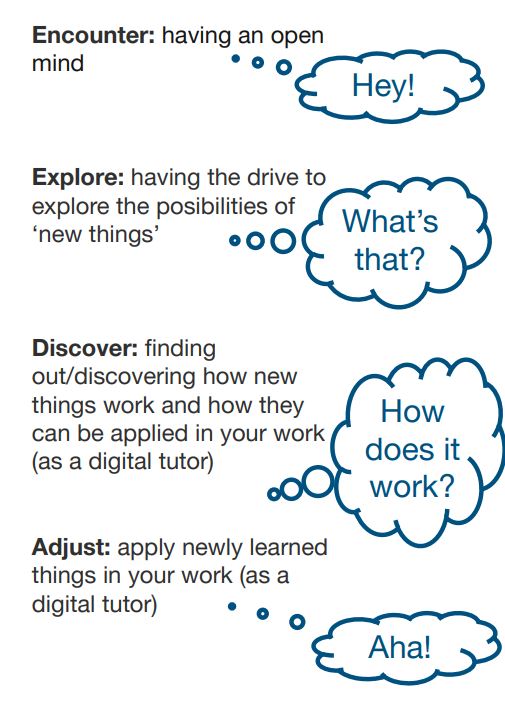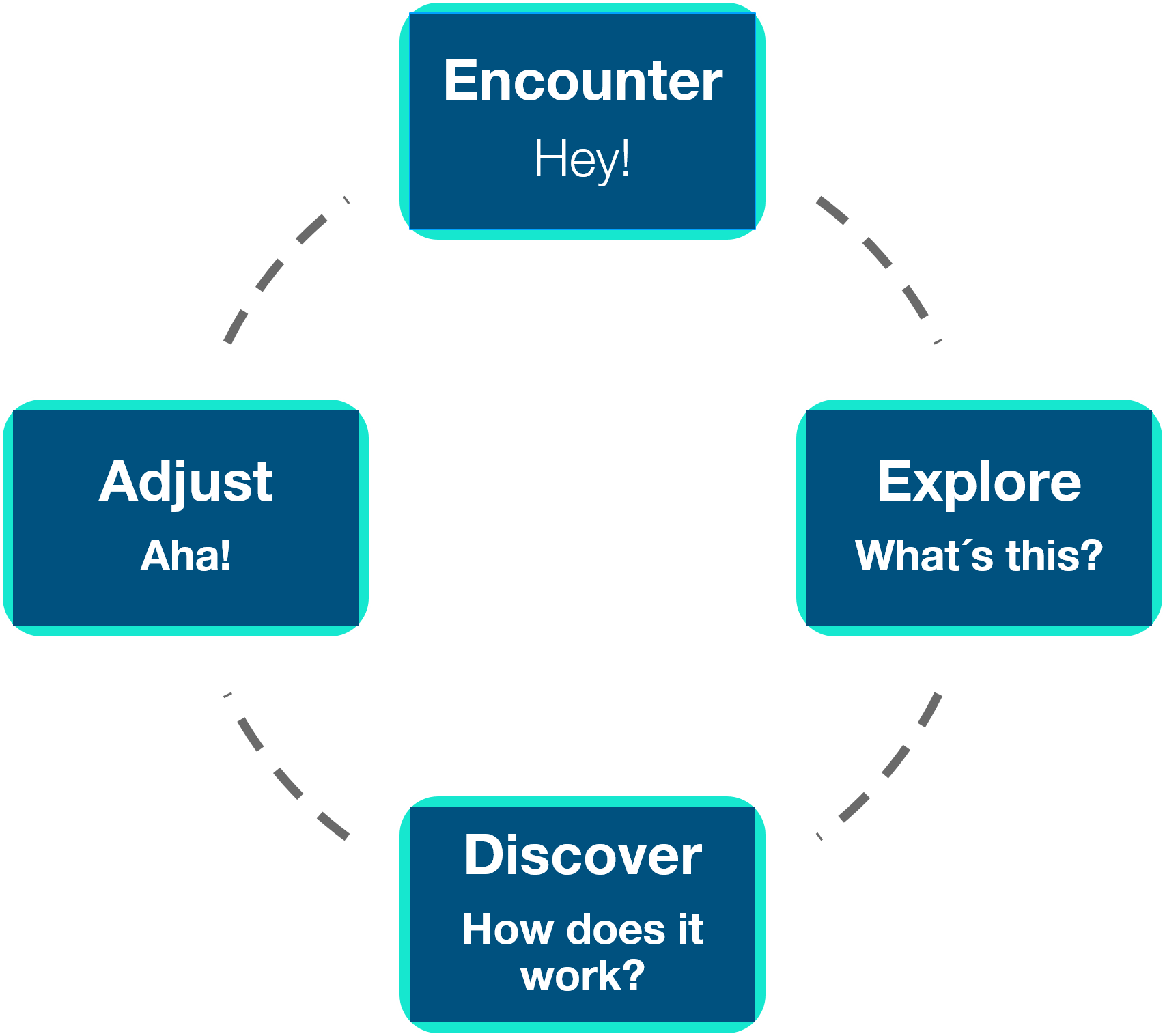Curiosity
The desire to explore multiple possibilities

Curiosity is considered a strong motivator of learning and is associated with better learning outcomes (Reio & Wiswell, 2000).
Curiosity reflects a human tendency to make sense of the world and that we are curious about things that are unexpected or that we cannot explain. The ‘gap in our knowledge’ makes us curious.
‘The best way to learn ‘how-to learn’ is to get addicted to curiosity’.
Fig.1
Anderson, 2013
There are two basic types of curiosity: cognitive (the desire for new information) and sensory (the desire for new sensations and thrills) (Reio, 2012).
There are five main principles for evoking curiosity: novelty, partial exposure, compexity, uncertainty and conflict (fig.1) 🡪 when this happens you get the effect as illustrated in figure 2.



